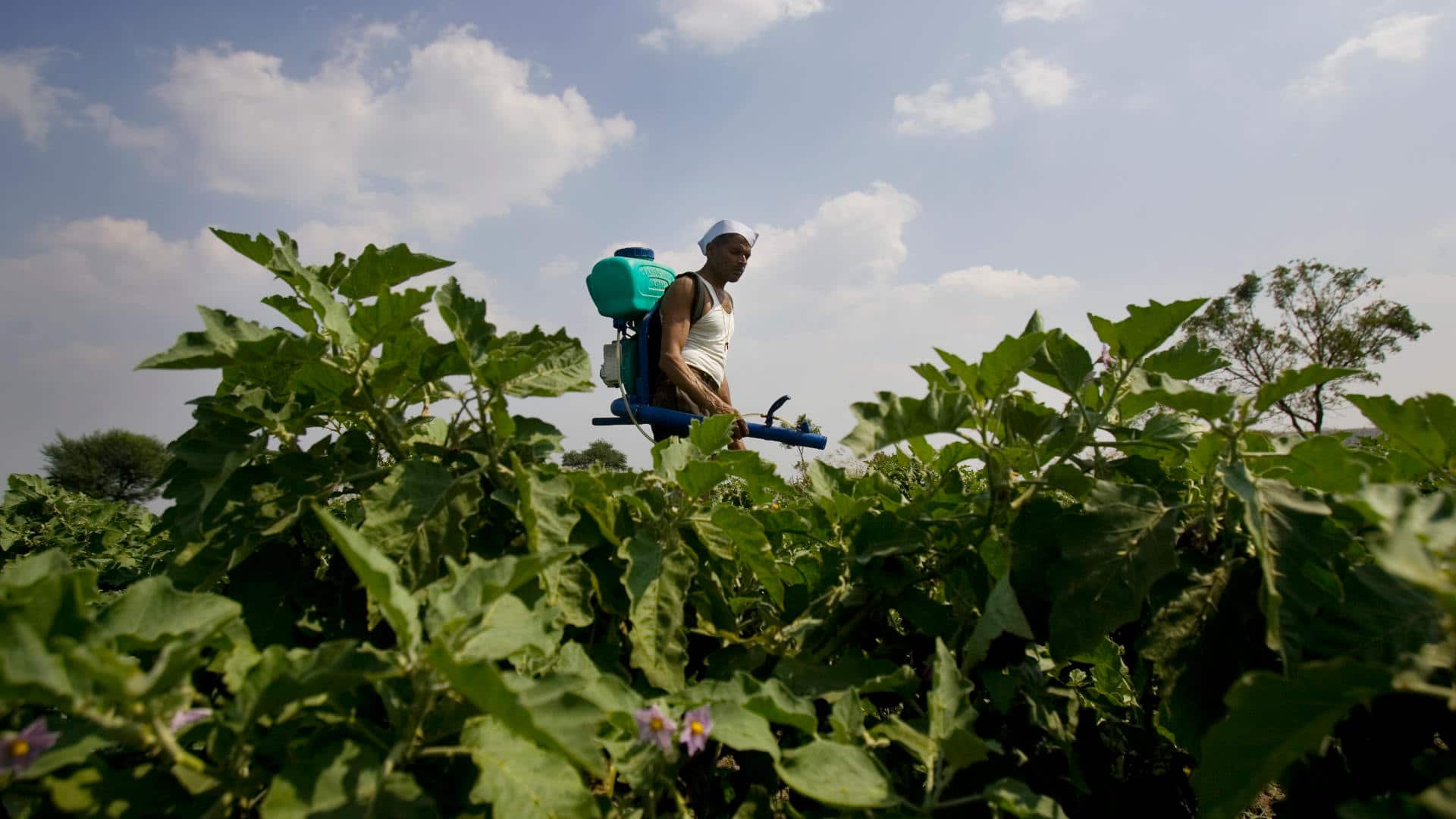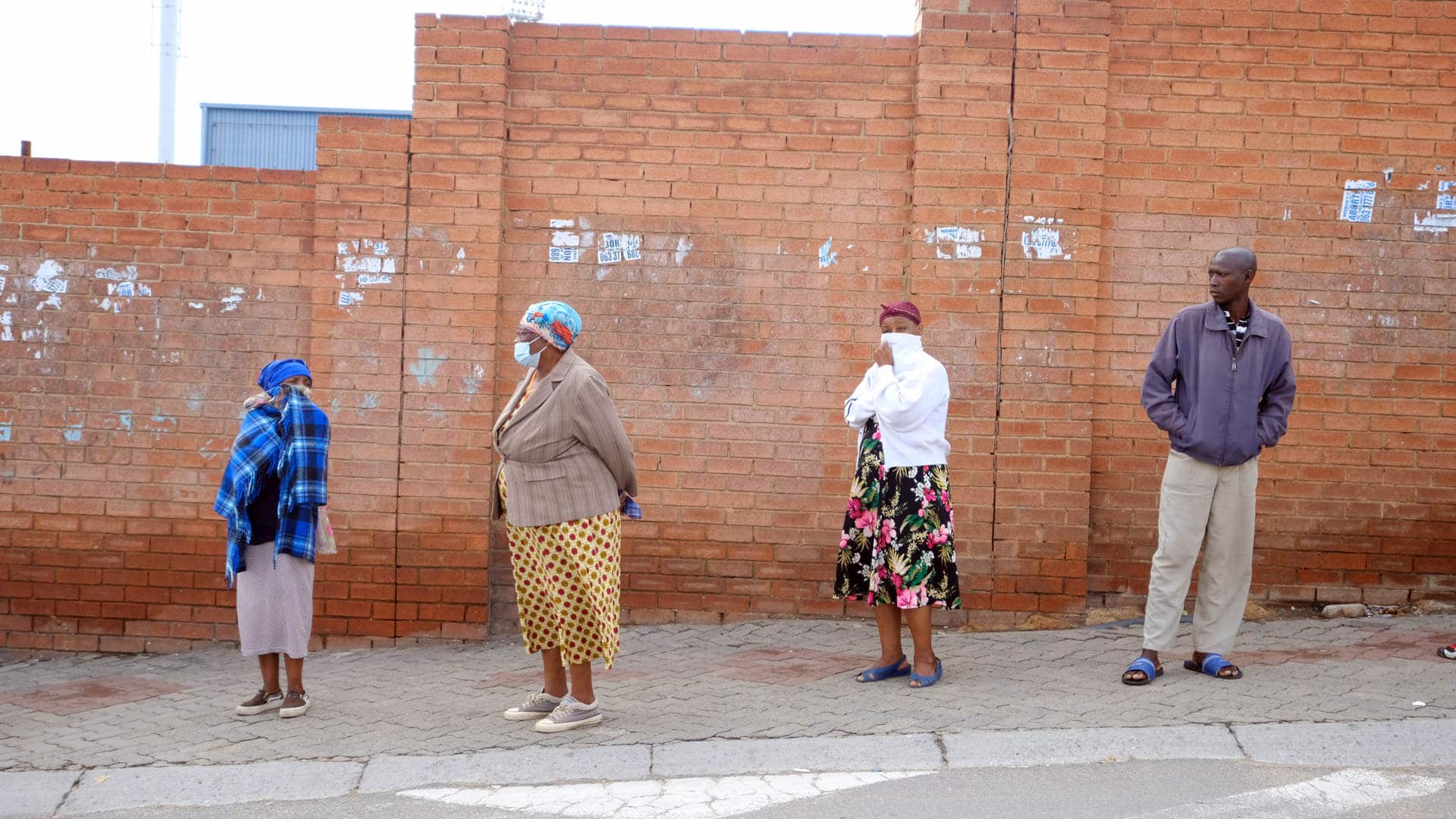A New Strategy to Reduce Suicide by Pesticide Poisoning
Last September, a teenage girl in a village in southern India ended her life after an argument with her family. She had been reprimanded by her father for misplacing the papers she needed to take the entrance test to medical school. Distraught, she swallowed pesticide that her father, a farmer, kept for use on crops.
Consuming pesticides intentionally is almost unheard of in the United States. But in many parts of the world — especially in Asian countries where farming remains small-scale and pesticide use is poorly regulated — ingesting hazardous chemicals is a leading method of suicide. Globally, an estimated 110,000 to 168,000 lives are lost to this act every year, accounting for about 14 to 20 percent of overall suicides, according to a 2017 assessment in the Journal of Affective Disorders.
In the past, international agencies such as the World Health Organization, often with financial support from the pesticide industry, have mainly advocated safe storage and sales restrictions to help reduce these numbers. But more recently, the WHO has begun throwing its weight behind another strategy: national bans on the most hazardous pesticides.
A WHO-funded study published in December in The Lancet Global Health found that enacting such bans in 14 mostly developing countries could reduce suicide deaths by 28,000 people per year. At an annual per capita cost of less than one cent, the intervention would be less expensive than even the cheapest treatments for common mental health disorders, the researchers added, suggesting that the benefits would be highest in countries like China and India where pesticides may contribute to more than 30 percent of suicide deaths.
The study notes that countries must consider “the potential effect of national bans on agricultural productivity and the farm-level cost of production.” Newer pesticides can potentially increase costs for farmers, but bans are often implemented in a phased manner to allow industry to get affordable alternatives onto shelves. Regulation so far has also largely been on older chemicals.
“The more important pesticide suicides are in any country, the more cost-effective” the regulation, says Michael Eddleston, the study’s co-author and director of the Center for Pesticide Suicide Prevention at the University of Edinburgh.
The WHO study offers the latest evidence that pesticide bans can help curb suicide deaths in lower and middle income countries. A 2017 review led by David Gunnell, a British suicide expert, found that national bans in five countries — Sri Lanka, South Korea, Jordan, Bangladesh, Taiwan — led to significant reductions in pesticide suicides. In South Korea, suicide deaths by pesticide ingestion halved in 2013 after a ban on the weed killer paraquat a year earlier. In Bangladesh, pesticide bans in the late 1990s to early 2000s were followed by a 65 percent decline in pesticide suicides. And Sri Lanka has seen a 70 percent reduction in overall suicide deaths since the 1990s, after hazardous pesticides were first banned. For the countries where evidence was available, there was no indication to suggest agricultural output was affected as farmers switched to newer, less toxic formulations.
The idea behind the pesticide ban strategy is that the impulse to suicide is often momentary, arising at times of great stress, and thus removing the most lethal means at hand buys time for the impulse to pass or for the person to be saved. Studies from Sri Lanka and China suggest that over half of those who attempted suicide by drinking pesticides had planned the act less than 30 minutes prior.
Historical case studies support this approach. In Britain, indoor gas poisoning was the most common method of suicide until the country changed the gas supply from high-carbon-monoxide coal gas to more harmless natural gas in the 1960s. Bans don’t necessarily prevent suicide attempts — in Bangladesh and Sri Lanka, for example, there has been little reduction in the number of self-poisoning attempts. But fewer of these attempts are fatal. Research suggests only a small proportion of people who attempt suicide will try again, so limiting access can be an important step, experts say.
Researchers date the rise of pesticide suicides to the Green Revolution in developing nations in the 1950s and 60s, when high-yield crop varieties were introduced to increase agricultural productivity. These crops helped countries like India and China achieve food self-sufficiency, but required the use of potentially lethal pesticides. Suddenly millions of poor farmers had access to highly toxic chemicals without protective gear or safe storage facilities.
Eddleston first became aware of the issue as a medical student doing research at a city hospital in Sri Lanka in the early 1990s. He was astonished by the number of pesticide poisoning cases who came to the hospital. “I was surrounded by severely poisoned patients who no one globally was thinking about,” he said.
Suicide rates in Sri Lanka increased from under 10 in 100,000 in the 1960s to 57 in 100,000 in 1995. The jump was due in part to what Eddleston calls a “culture of self-poisoning” as a way of communicating emotional pain or protest. He found young people especially were consuming poison in response to seemingly minor conflicts such as a parental scolding or a restriction on activity. Many cases involved deliberate self-harm rather than intentional suicide, he suggests; they became fatal because of the toxicity of the means. Successive pesticide bans from the late 1990s onwards brought rates down to 17 in 100,000 today.
Even in Sri Lanka, though, multiple pesticides had to be regulated over time as people switched from one poison to another. The country’s bans were particularly effective because most pesticides are imported. Regulation may have less dramatic outcomes in countries with small manufacturers that can sell on the black market, said Lakshmi Vijayakumar, a psychiatrist and founder of Sneha, a suicide prevention center in India.
And bans are only part of the solution, says Eddleston. For one, they don’t always result in a decline in overall suicide rates. In India, for example, an analysis published last month found a decline in pesticide suicides after a 2011 ban on endosulfan was largely offset by a parallel increase in hanging, the most common method of suicide in the country. In China, a large decline in pesticide suicide over the past two decades has been linked not only to regulation but to social changes like improvements in health services, mechanization of farming, and migration from rural to urban areas. Reducing access to pesticides is the “low-hanging fruit” of suicide reduction, says Vijayakumar. “The bigger challenge is providing mental health care and social support.”
Still, “the weight of evidence now favors the approach of banning the highly hazardous pesticides that account for most deaths,” says Gunnell, a professor of epidemiology at the University of Bristol in England. In 2019, the WHO issued a guide for pesticide regulators, recommending that authorities identify and phase out hazardous pesticides used in suicides. The guide suggests “a dialogue with industry may be helpful in identifying and promoting safer alternatives,” but regulation has not gone down well with producers in some countries. Last year, the Pesticide Manufacturers and Formulators Association of India, for example, criticized a proposed national ban on 27 hazardous pesticides considered harmful to environment and health, suggesting that the regulation was a conspiracy to open the agrochemical market to multinational companies.
In a statement emailed to Undark by Saswato Das, head of media relations for Syngenta Group, a pesticide maker that has contributed funding to research on suicide prevention and pesticide access, the company said it “is committed to educating farmers in the proper and safe use of its products.” (Syngenta is also working to reduce the use of pesticides overall.) While suicide by any means is a tragedy, the company’s statement said, the focus should be on “mental health prevention, and proper use — not banning scientific and medical advances.”
But Gunnell — who along with Eddelston has previously advised on Syngenta-funded studies and projects — notes there is little data to support other solutions like safe storage or sales restrictions. He was involved in a large-scale study in rural Sri Lanka in which households in some villages were assigned lockable storage containers. Researchers monitored these villages along with others that were not given lockers. The intervention made little difference to suicide attempts or deaths, researchers found. Only half the households even bothered to store their pesticides in the lockable containers.
Centralized storage may work better, according to Vijayakumar, who is studying the impact of providing villages with community storage facilities in which farmers can store their pesticides.
But she also believes countries like India need to do more to regulate pesticides through vendor training and product labeling. “Banning toxic pesticides is important,” she says, adding, “But it must go hand in hand with other interventions.”
Vaishnavi Chandrashekhar is a journalist based in Mumbai, India. Her work has appeared in The Guardian, Foreign Policy, Science, Yale e360, and The Christian Science Monitor, among other publications.












Comments are automatically closed one year after article publication. Archived comments are below.
There is no strong evidence here that suicide attempts or deaths will decrease significantly by these bans. Just that one method will change to another, and toxic deaths will be replaced with less toxic lifelong damage
Only Sri Lanka showed a significant decrease in total deaths due to this policy, and the cultural issues (and interethnic violence) there during the same time period was ignored. At least its assumption Sri Lanka in that period is a good model most places is very flawed. Most other countries evaluated have had increasing suicide rates,
It may be a cheap band-aid, but that’s all it is. Addressing why people want to drink poison is much harder and expensive than removing a how and looking like you care, while the potential victims continue suffering until they find an alternate method…
But at least you saved money!
Tired of this.